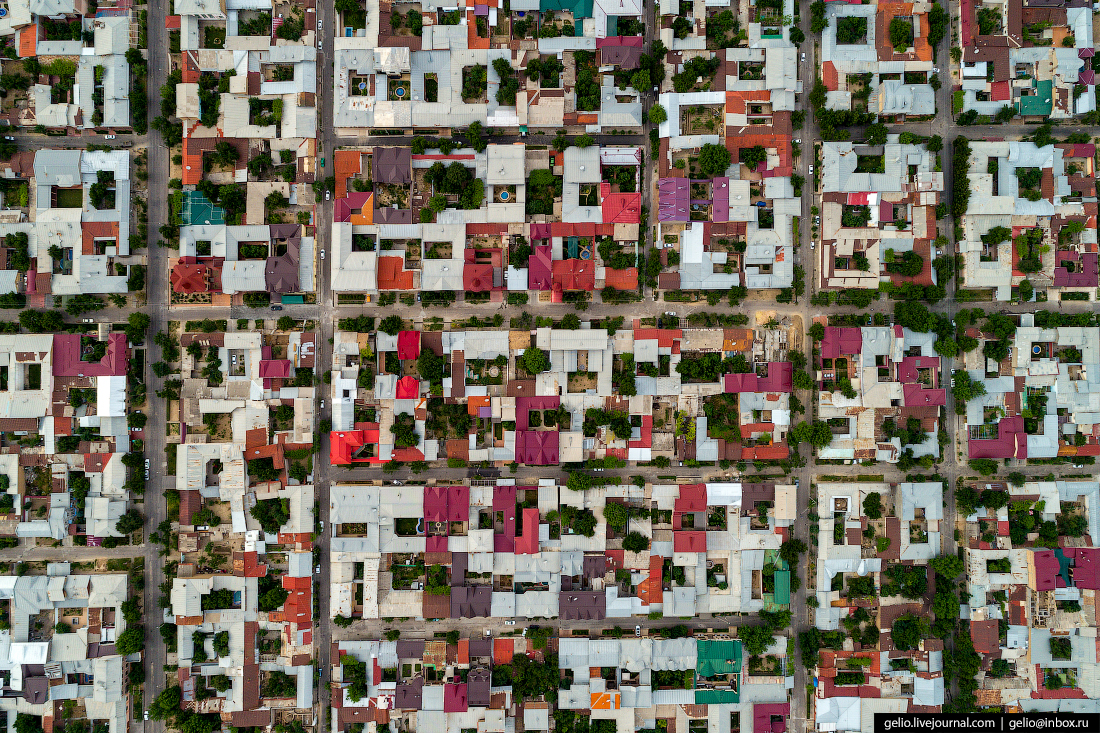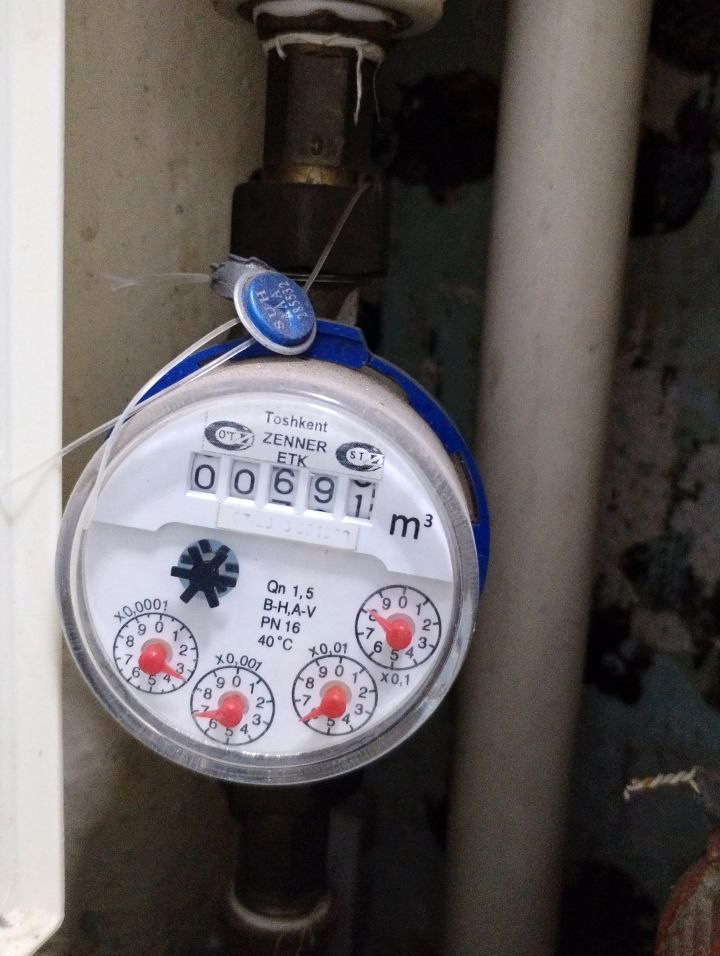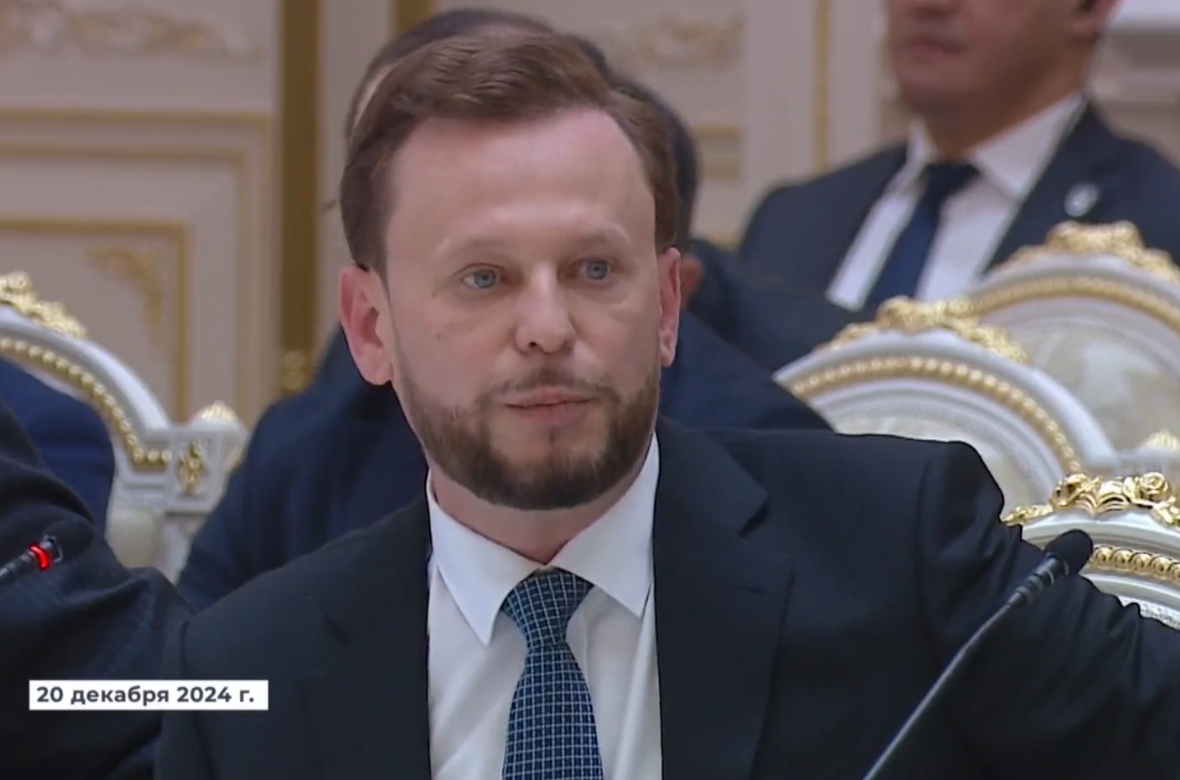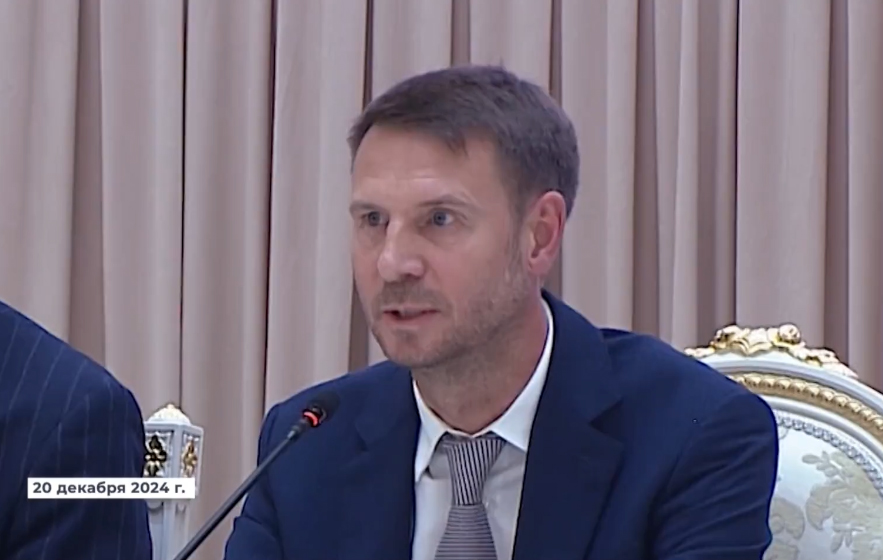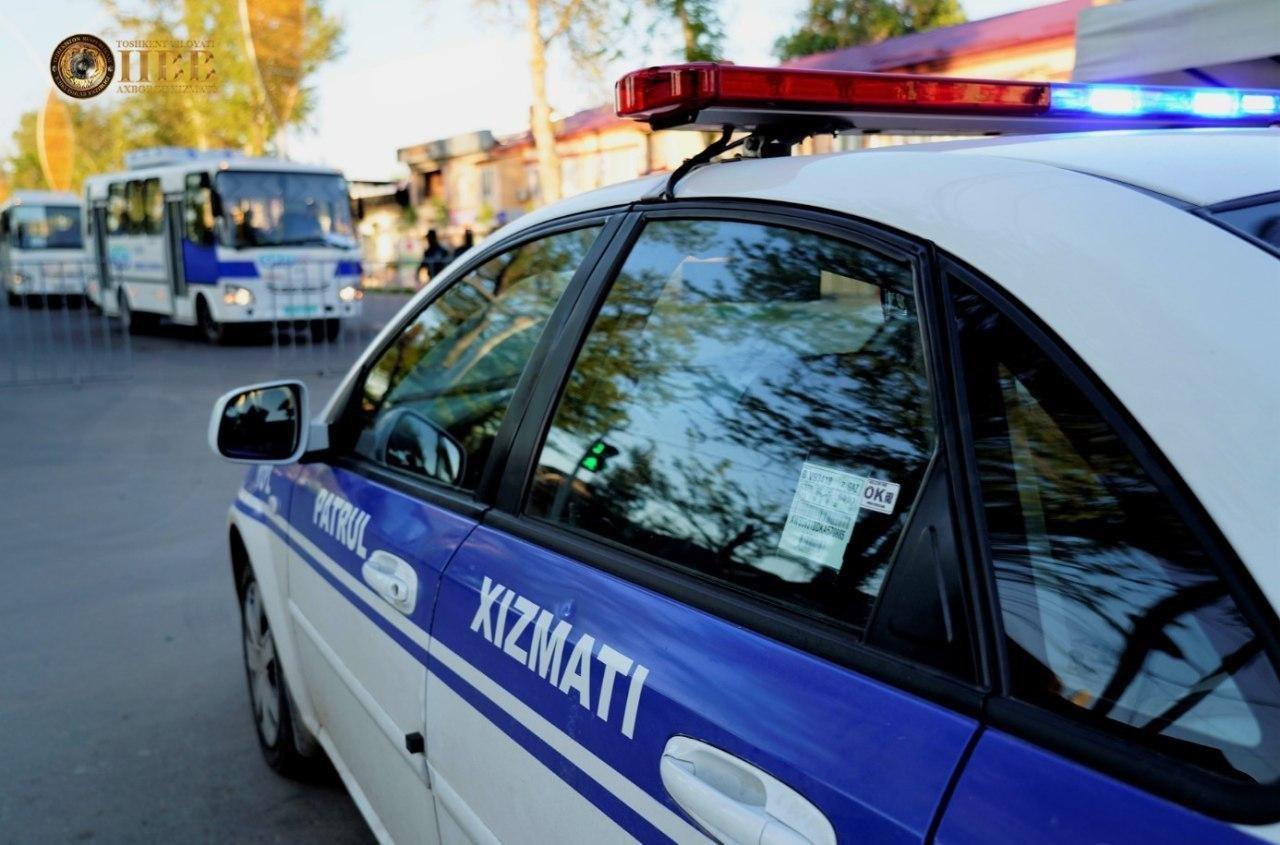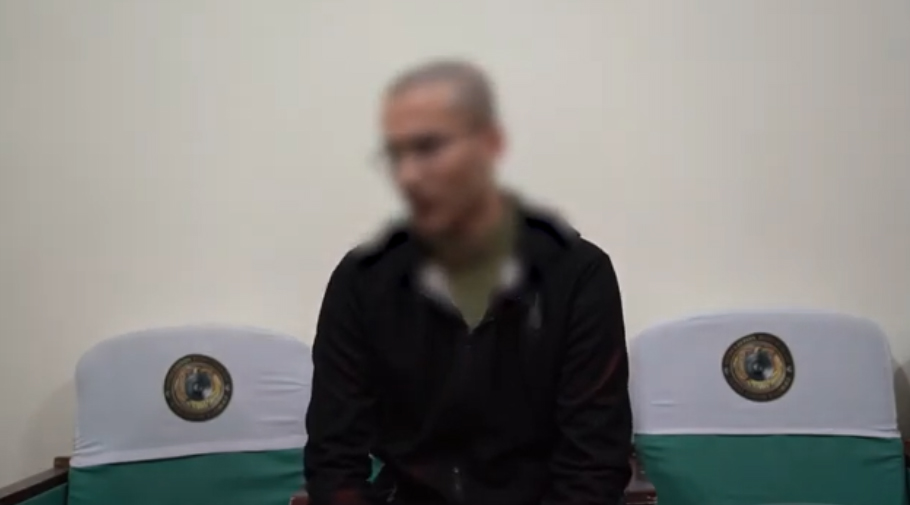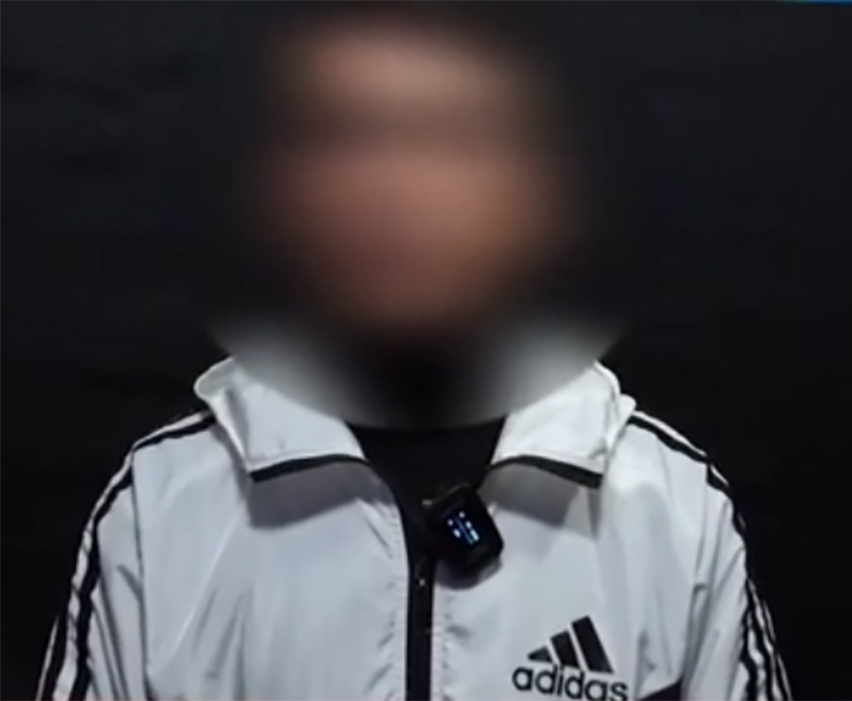This article is also available in:
Русский (Russian)
Uzbek
Shavkat Mirziyoyev signed the law “On the Recognition of Rights to Illegally Seized Land Plots and the Buildings and Structures Built on Them.” The resolution of this issue, affecting the lives of millions of families, had been eagerly awaited by many citizens of our country. According to preliminary data, there are currently more than 3.6 million land plots in the country with incomplete or undocumented legal status. The law will come into force in three months, during which time explanatory and preparatory work will be conducted locally. The document will be valid until January 1, 2028. During this period, all interested parties must manage to legalize their illegally seized land.
The law consists of 6 chapters and 35 articles, which recognize the rights to the following land plots and property:
- Land plots illegally seized by citizens before May 1, 2018, through the construction of individual housing, and the buildings and structures built on them.
- Land plots occupied by citizens and organizations before May 1, 2018, exceeding the area specified in the documents, and the buildings and structures built on them.
- Land plots for which the recognition of rights was not completed during a “one-time action,” and the buildings and structures built on them.
- Land plots allocated by the decision of the district (city) khokim before June 8, 2021, but not approved by the regional khokim or the Council of People’s Deputies.
- Residential premises on the territory of horticultural and viticultural associations and the land plots they occupy.
- Land plots of entrepreneurs located in small industrial zones before March 9, 2020.
- Land plots occupied by buildings and houses privatized by a state order.
- Land plots occupied by buildings and houses for which ownership rights were recognized by a khokim’s decision.
The law also clearly defines the main conditions for recognizing rights. For example, the land plot must not be allocated to other persons or put up for auction, there must be no disputes over the land plot, and there must be no contradictions with the general plan.
The recognition of rights will be carried out in stages across the regions. The agreement of information and documents regarding illegally seized land plots and the buildings and structures built on them will be conducted through the automated information system of the Cadastral Agency. This system will also include relevant information from 15 authorized organizations.
The completeness and legality of the collected documents will be checked by the regional justice department. The results will be announced on the Cadastral Agency’s website and in local community centers. Citizens who receive a positive conclusion will be sent an SMS, based on which a one-time payment is made. After this, the rights will be recognized quarterly by the decision of the regional Council of People’s Deputies.
The prosecutor’s office, internal affairs, agro-inspection, ecology, and cadastral authorities will establish state control over the implementation of the law. Public control is also given special attention in the law. Thus, by the decision of the district councils of people’s deputies, public groups will be created in each community. These groups will include a district council deputy elected from the district where the community is located, the community chairman, and active citizens.
A one-time payment is charged for the recognition of rights to land plots under residential buildings, privatized or recognized as owned buildings, and structures. The payment amount is 5 basic calculation units in Tashkent city, 3 BCUs in Nukus city and regional centers, 2 BCUs in cities, and 1 BCU in other settlements. Persons included in the Unified Social Protection Register, as well as persons with disabilities, are granted a discount.
The one-time payment will cover the expenses of the cadastral and justice authorities, the Uzbekkosmos Agency. The remaining funds will be directed to the initiatives of the community budget.
The law will come into force in three months, during which time explanatory and preparatory work will be conducted locally. The law will be valid until January 1, 2028.
It should be noted that work in this direction has already begun in Karakalpakstan. By the President’s decree of July 28, 2023, it was allowed to recognize the rights to undocumented residential buildings and land plots located in the region, by the decision of the Jokargy Kenes of the Republic of Karakalpakstan.
After this, working groups were created in all districts and cities, which studied 43,432 houses built in the Republic of Karakalpakstan without legal documents. The location, condition, and construction time of the houses were checked based on the analysis of land records and satellite images.
As a result of comprehensive discussions, ownership rights were recognized for 27,590 residential buildings and the lease rights to the land plots on which they are located.
The results of this noble policy had a positive impact on the lives of more than 100,000 citizens living in 27,590 homes. They now have the right to legally formalize their housing, sell it to another person, register family members permanently, obtain preferential loans for repairs or additional construction, and, in case of expropriation for public needs, demand compensation in accordance with the law.
The law “On the Recognition of Rights to Illegally Seized Land Plots and the Buildings and Structures Built on Them” will expand the scope of this noble work throughout the country. Considering that each of the more than 3.6 million land plots concerns an average of 3-4 citizens or entrepreneurs, this law will resolve the problems of more than 10 million people and create a legal basis for their future lives.
The text has been translated by AI. For more accurate information, please refer to the Russian version of the article.

